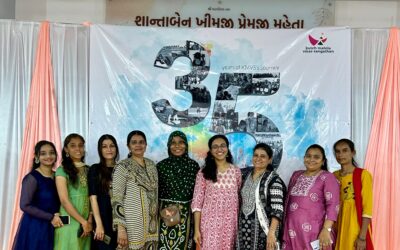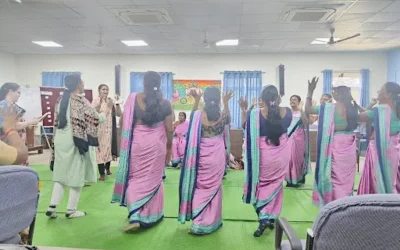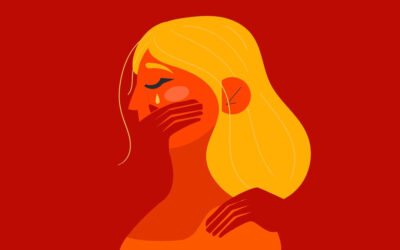The Indian summer is great. It is that time of the year when we feel a stronger connection with the Himalayas. Not so much about soul-searching but to stay clear of the incomprehensible heat. I’ll gladly take a cold-storage mango in Winter, thank you!
But another great thing about India is that you can’t generalize anything. Hence, you have different types of Summer in different regions. To start off, there is a broad distinction of humid summer and dry summer. I have been a humid summer-itan all my life which means that unless I have sweated buckets on a 5-minute walk to the local grocery shop, it doesn’t feel right. Summers equal copious sweat, and I had made my peace with it.
However, in a funny turn of events, with this whole getting-out-of-my-comfort-zone-India-Fellow-thing, I ended up working in Jalna. Oh boy!
It is Summer in Jalna.
My environment changed from an average of 90% relative humidity to an average of 20%. That’s a 70% reduction which makes life a lot less fun. The beauty of the former is that 90, being closer to 100, often results in an overtly uncomfortable day followed by evening thundershowers which, and mark my words here, bring you relief. Now, the only relief that happens is when I get back home at night, fill the cooler with as much water as it can take and throw yourself in front of it. The humidification is ethereal. Sometimes, a few stray droplets would hit me in the face, over my tired, bloody eyes and for a moment, I’d lose sense of space and time and would start thinking the unthinkable. Frankly speaking, you have a higher chance of being spit on than of precipitation in this place. But I digress.
For me, this summer in Jalna is an outlier. It doesn’t fit into my idea of Summer. If there were 500 days of this Summer instead of Zooey Deschanel, Joseph Gordon-Levitt would have made a quick exit. The days, after 12 O’clock, become a scene from post-apocalyptic movies (I have Book of Eli on my mind). It becomes dead silent around 2 in the afternoon. If you step out, you can feel the silence – the dryness in the air clawing at your skin for any trace of moisture, the wind sending swirling pockets of dust and dirt towards you. In a rare moment of poetic brilliance, I’ve felt as if all life has ceased to exist in this meaningless domain of time leaving behind only this incomprehensible and reckless thermodynamic entity of heat. But that’s not all what makes this summer different.
Everyday conversations about scarcity of water have been prevalent here since the nip in the air faded away early in March. It’s quite fascinating how both the landlords (of our residence and office) sent out awareness messages regarding conservative use of water around the same time. Within a span of two weeks of rising temperatures, we started running out of water (both for drinking and other uses) because of a general increase in demand. The ‘paani-wala’ i.e. the guy delivering 20 liter cans of water in office had suddenly became the focus of our discussions. From not knowing his name over the last 9 months to what kind of scam he must be running because of high water demand – the limelight had definitely found its mark.
With more water needed for daily use, the talks regarding too much water use between landlords and tenants came to the fore. Landlords face higher electric bills due to increased groundwater pumping. They take it out on tenants. As a result, tenants get angry and use more water which leads to even higher bills. Again, angrier landlords and hence, angrier tenants – you see where I’m going with this. Granted, these are more of accusations but they’d still qualify as a conversation.
Another typical signature of summer is the ginormous increase in the visibility of water tankers. Hardly a moment would go by while I’m on the road and I don’t notice at least one of them (capacity ranging between 2000 to 10000 liters) passing by. Their frequency has increased as we moved from March to April and now to June, becoming so ubiquitous that I have normalized it in a matter of months. I now know them by their look, their make and their color and can distinguish the government ones from private.
The other signifying trait of summer in the villages is the construction of new dug-wells, bore-wells and farm ponds. All of them cost a lot of money. All of them are meant to increase water availability for people undertaking them. So, anytime you eavesdrop in their conversation, they are probably talking about the locations for dug-well, government subsidy in farm ponds, the rates for masons, heavy earth moving machinery etc. Obviously this is not exhaustive as they do talk about other stuff as well. But, my point is that these conversations don’t arise in other times of the year.
I have studied and researched on water scarcity for 3 years now. This is the first time I’ve actually lived in a place which faces a moderate scarcity of water. Real life trumps laboratory research by miles. The most interesting observation, which I’ve noted earlier as well, has been about the society’s perception to the availability of water.
It’s not until Summer hits the region that you see any perceivable action from people to secure water. Sadly, by summer, it’s also too late to do anything about the situation. This unique tendency to respond only when the problem hits a tipping point is a bit problematic. Logically, this would mean that every year during summer, people are going to take stock of water, dig more wells and call for more tankers from outside. This is, unfortunately, a one way street.
We need conservation efforts when water is actually available, i.e. monsoon, so that we have more water available during dry summers. But the water problem is not apparent during monsoon because we can’t see what is there underground. People are later shocked to hear how little amount of rainwater remains as groundwater in absence of conservation efforts. This feedback system where people only look back during the Summer is not going to work. This system should be implemented during monsoon where people look back only to avoid the disaster of the last summer and ensure they are better placed for the coming one.
I feel like I am preaching again. Getting back to the real deal, the actual reason why everyone is happy despite all my analysis above, is because it’s the wedding season, and if I had thought I had seen all the madness in Kolkata, well I’d been naïve. It’s unreal how people can dance in temperatures above 40 degrees in front of a moving ‘DJ’ vehicle which spews out popular Marathi numbers on speakers turned up to a volume that would make the WHO (World Health Organization) kill itself. But, that’s how they roll and who cares about water, then? Who am I to say otherwise?
This is the Summer in Jalna.




0 Comments